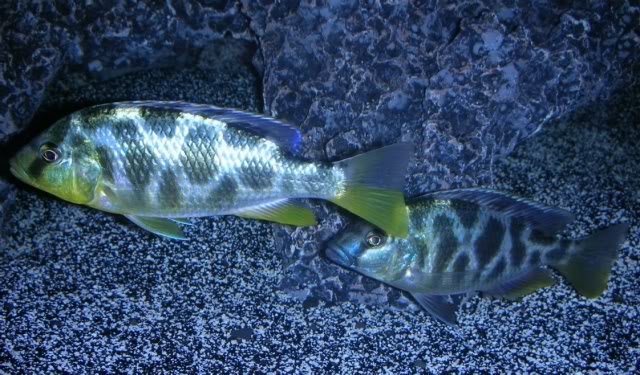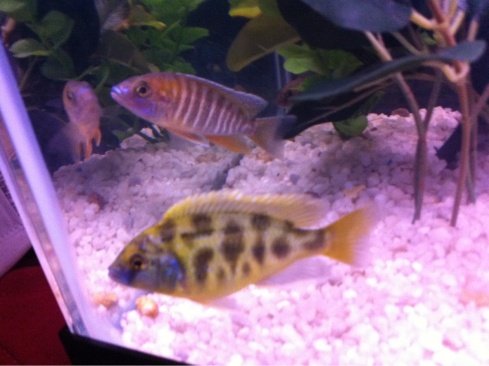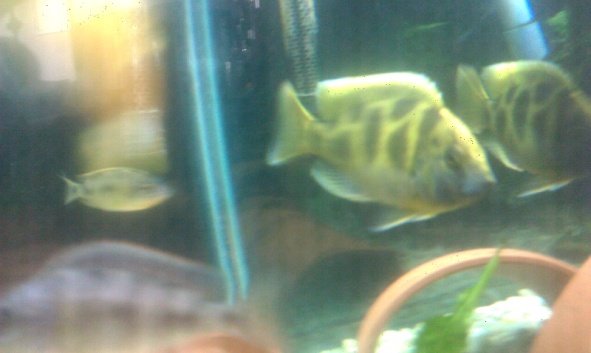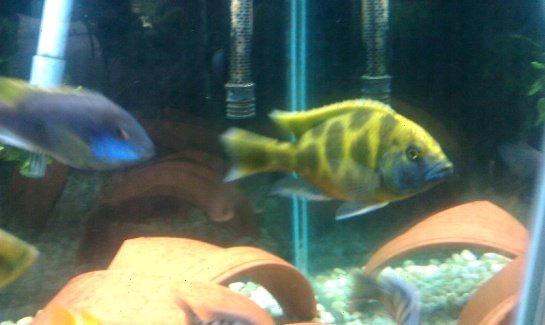kelbaker79
Aquarium Advice FINatic
How do I know if I have males or females?
They are both 4-5 inches. One is slightly bigger than the other.
1st one: color has slightly faded, sort of a "washed out" version of what it was. This is also the larger one. And the forsaking fin has a little blue tint to it now.
2nd one: colors have gotten brighter actually and now has developed a very bright yellow "mohawk" running from nose to tail.
Any ideas??
Not the best pic in the world, but maybe it will help a little bit
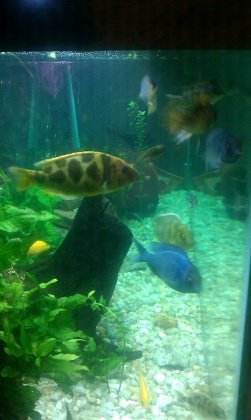
They are both 4-5 inches. One is slightly bigger than the other.
1st one: color has slightly faded, sort of a "washed out" version of what it was. This is also the larger one. And the forsaking fin has a little blue tint to it now.
2nd one: colors have gotten brighter actually and now has developed a very bright yellow "mohawk" running from nose to tail.
Any ideas??
Not the best pic in the world, but maybe it will help a little bit


